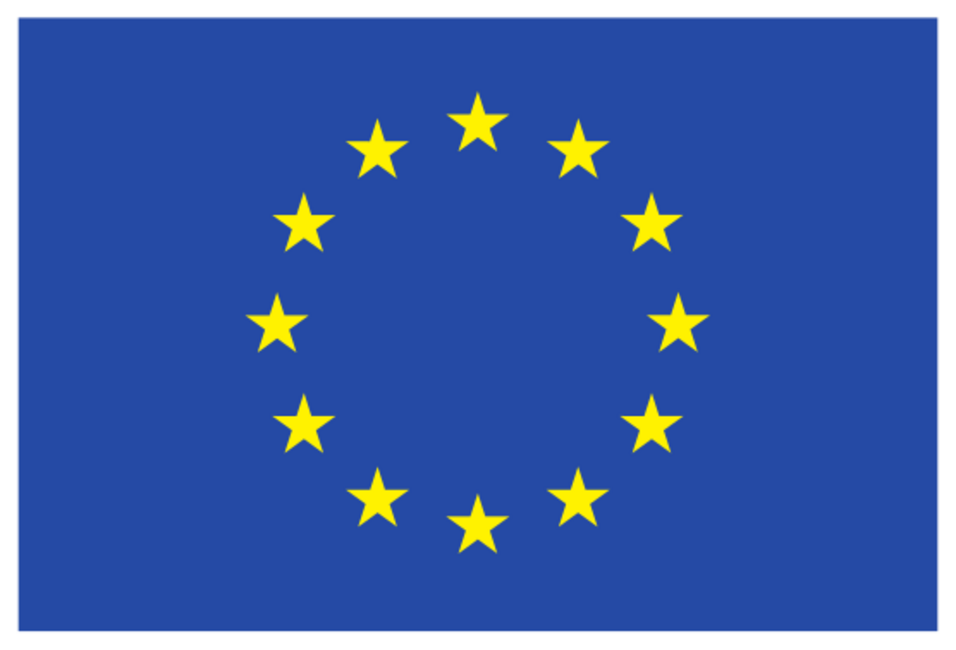The overarching goal of BIOcean5D is to generate the data, knowledge, theory, monitoring and modelling tools necessary to sustainably measure, understand, value, and predict marine biodiversity across the five dimensions (5D) of space, time, and human environmental pressures, enabling ecosystem-based management and long-term preservation.
BIOcean5D unites major European centres in molecular and cell biology; marine biology; and sequencing, together with 31 partners from 11 countries, to build a unique suite of technologies, protocols, and models allowing holistic re-exploration of marine biodiversity, from viruses to mammals, from genomes to holobionts, across multiple spatial and temporal scales, stretching from pre-industrial history to today.
Our role in the project is to integrate genomic, functional and morphological traits to understand the biodiversity of seagrass (Posidonia oceanica, Zostera marina, Cymodocea nodosa) and associated communities across their distribution range in EU coastal waters. We will specifically investigate two subspecies of a lucinid bivalve (Loripes spp.) that interact with seagrassess in the Mediterranean and Atlantic. Another topic of investigation is the tripartite association of Alexandrium minutum with symbiotic dinoflagellates (Symbiodiniaceae) living with the anemone Anemonia viridis in selected TREC estuarine sites, using transcriptomic and lipidomic analyses on pelagic/epibenthic free-living vs endosymbiotic cells.


